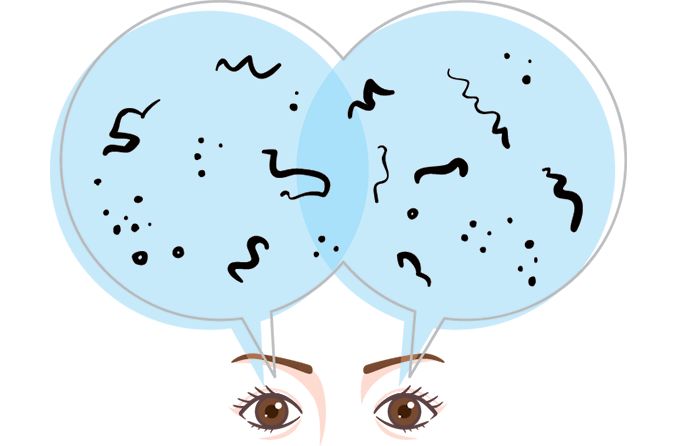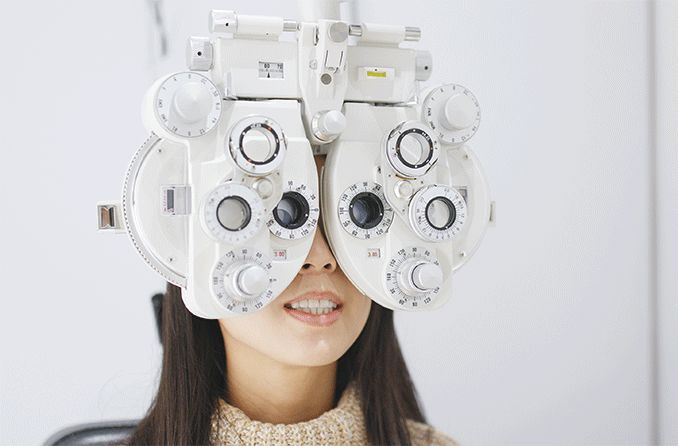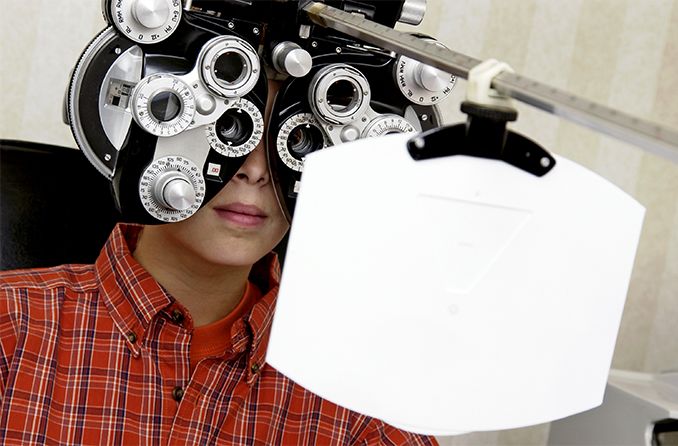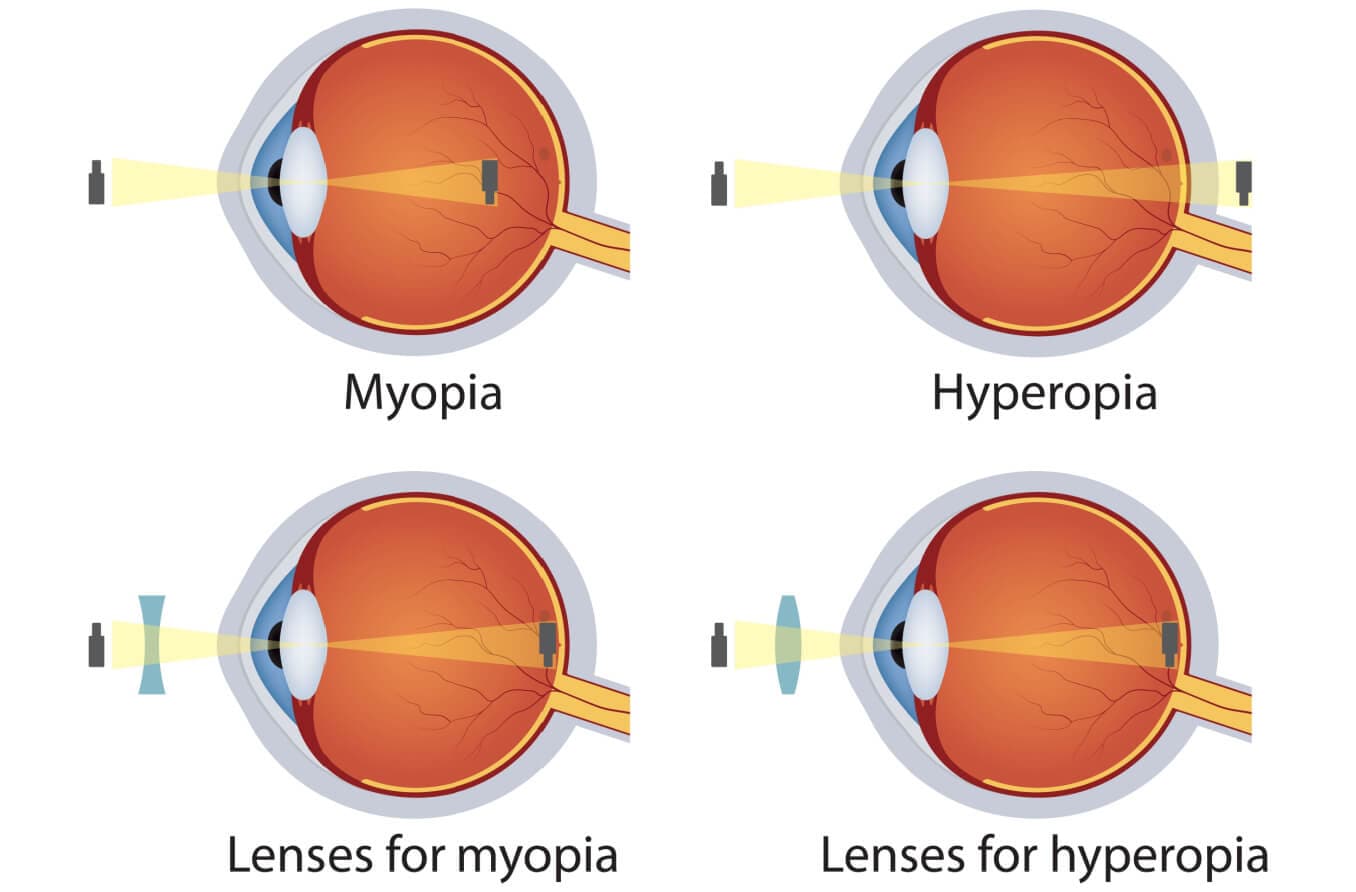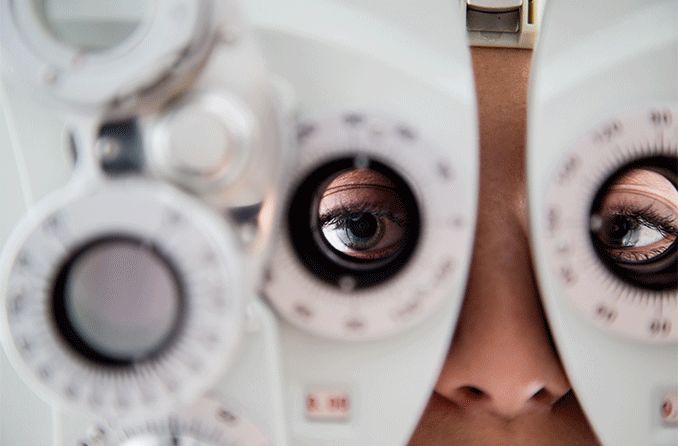How often do people with myopia experience “floaters”?
Floaters are quite common, and are usually not a cause for concern. It can be normal for young people with myopia, especially those with higher prescriptions, to have eye floaters. A sudden increase in eye floaters, however, may indicate a more serious issue and requires the attention of an eye doctor.
What are floaters?
Floaters are dark, floating spots in your vision. These spots can be in the shape of circles, wavy lines or even cobwebs. Floaters move in the same direction as your eyes when you look around. They can come in many different sizes and shapes.
Although floaters can be annoying, they should not affect your vision very much.
Floaters are more common in people aged 50 and over. Young people who are nearsighted have a higher risk of floaters because of the changes that happen in a myopic eye.
Where are floaters located in the eye?
Floaters are located in the vitreous of the eye. The vitreous is a clear substance that fills the middle portion of your eyeball. It has a jelly-like consistency with tiny, clear fibers connected to the retina.
The small specks floating around in your vision are actually clumps of cells, protein fibers or other matter in the vitreous. These clumps cast a shadow on the retina, creating the dark floating images that you see.
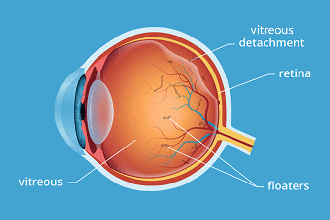
Why are people with myopia more likely to have floaters?
Studies have confirmed that as people become more nearsighted, the axial length of their eyeball, or the distance from the cornea to the retina, increases. This form of nearsightedness is called axial myopia. This is the type of myopia that most people have.
When the eyeball grows longer, the eye becomes stretched. As this happens, vitreous is more likely to break down, and the tiny fibers inside the vitreous begin to pull on the retina.
In myopia, especially high myopia, as vitreous breaks down and vitreous fibers clump and tug on the retina, small floaters may begin to appear. This process can happen gradually, or in some cases, suddenly.
In high myopia, the vitreous is more likely to separate from the retina. The higher the myopia and the longer the eye, the greater the likelihood that this will happen.
Do most people have eye floaters?
It turns out that most people see some type of floaters. In a 2013 study of smartphone users, three out of four people reported that they had floaters.
Myopia can increase your risk of getting eye floaters. People with myopia were 3.5 X more likely to have floaters than those with normal vision in this study. How old or young an individual was did not affect whether or not they had floaters.
Will the floaters go away?
Eye floaters are annoying, but they usually do not cause any harm to the eye. They do not actually go away, but your brain adapts to them, and you will most likely stop noticing them after a while.
Eye surgery to remove floaters is possible, but the procedure involves risk to the eye, and is not usually recommended.
Is a sudden onset of floaters reason for concern?
As the proteins and fibers in the vitreous clump and degenerate, the vitreous gel may separate entirely from the retina. This is called a posterior vitreous detachment (PVD). If a PVD occurs without a retinal tear or detachment, treatment is not usually necessary.
If a posterior vitreous detachment occurs slowly, an individual may not notice the detachment. But, if the vitreous separates from the retina over a short period of time, an individual would notice a sudden increase in floaters.
A partial or complete PVD is more likely to occur at a younger age if an individual has high myopia (> – 6.00 D). In some cases, a PVD may lead to a retinal tear or retinal detachment, which are sight threatening conditions.
High myopes have longer eyes and the retina is more stretched. Thus, it is more likely that they will have peripheral retinal tears and retinal detachments. An individual with high myopia is five or six times more likely to have a retinal detachment than someone with low myopia.
A sudden onset of floaters can indicate a posterior vitreous detachment, a retinal tear or a retinal detachment. It could also be a sign of other conditions. It is critical to see an eye doctor if you are very nearsighted and notice an increase in floaters, flashes or a dark “curtain” coming over your vision.
Myopia and Floaters
Myopia increases your risk of floaters due to the changes that occur with elongation of the eye.
Highly nearsighted people are more likely to have floaters. This is because a highly myopic eye is typically longer and more stretched than a less myopic eye. An elongated eyeball also results in an increased risk of PVD, retinal tear and retinal detachment.
If you notice a sudden onset of floaters or flashes in your vision, it is important to contact your eye doctor. A comprehensive eye exam will allow your eye doctor to look at the back of the eye to make sure that your retina and eye are healthy.
